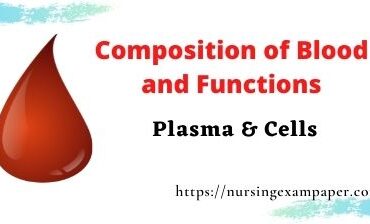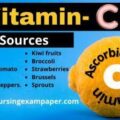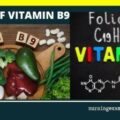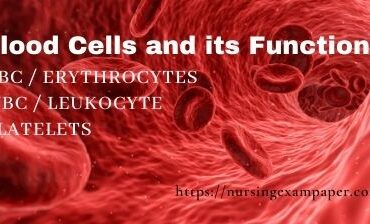Blood is a liquid connective tissue human blood delivered some necessary substances like nutrients and oxygen to the cells. And transports waste products from cells to away from our body. It has two main Blood components: plasma & cells (Red blood cells, White blood cells, and Platelets). Plasma, which constitutes 55% of blood fluid, is mostly water (92%) and contains proteins, glucose, mineral ions, hormones, carbon dioxide. Albumin is the main protein in plasma(7%), and it functions to regulate the colloidal osmotic pressure of blood. The blood cells are mainly RBCs or erythrocytes 4.7 to 6.1 million (males) 4.2 to 5.4 million (females), WBCs or leukocytes 4000 – 11000 and platelets or thrombocytes 1,50,000 – 500,000.
Physical properties of blood
- Blood is slightly alkaline fluid because Ph of blood is 7.35 to 7.45.
- An average adult has a blood volume of approximately 5 liter, which composes about 8% of the total body weight.
- Osmolarity of blood is 275 to 295 mmol/kg.
- The specific gravity of blood is 1.052 to 1.062.
- Blood temperature is 38°c or 100.°f.
- Blood is made of 45% cells and 55% plasma.
Functions of blood in the body –
- Supply of oxygen to tissues
- Supply nutrients such as glucose, vitamins, amino acids, and fatty acids.
- Removal of waste such as carbon dioxide, urea, and lactic acid etc.
- Immunological functions, including circulation of white blood cells, and detection of foreign body material by antibodies.
- Coagulation, the response to a broken blood vessel, the conversion of blood from a liquid to a semisolid gel to stop bleeding.
- Messenger functions, including the transport of hormones and the signaling of tissue damage.
- Regulation of core body temperature.
- Hydraulic functions.
Components of blood
There are two components of blood.
(1) plasma (2) cells
Blood Plasma
Plasma is the straw color liquid component of blood, in which blood cells are suspended, plasma made 55% part of blood. plasma is made of water, salts, and proteins. Proteins present in plasma are called plasma proteins, plasma proteins are responsible for the osmotic pressure of blood.
Composition of plasma
blood transfusion complication precautions
Plasma proteins –
(1) 90% water (2) 8% protein (3) Inorganic salts (4) 1.1%organic salt
- Albumin
- Globulin
- Fibrinogen
Inorganic Salts –
- Sodium 135 to 146 mM
- Potassium 3.5 to 5.2 mM
- Calcium 2.1 to 2.7 mM
- Carbonate 23 to 31 mM.
- Phosphate 0.7 to 1.4
Cells of blood
There are three types of cells present in the blood. That are given bellow
- RBC / ERYTHROCYTES
- WBC / LEUKOCYTES
- PLATELETS








